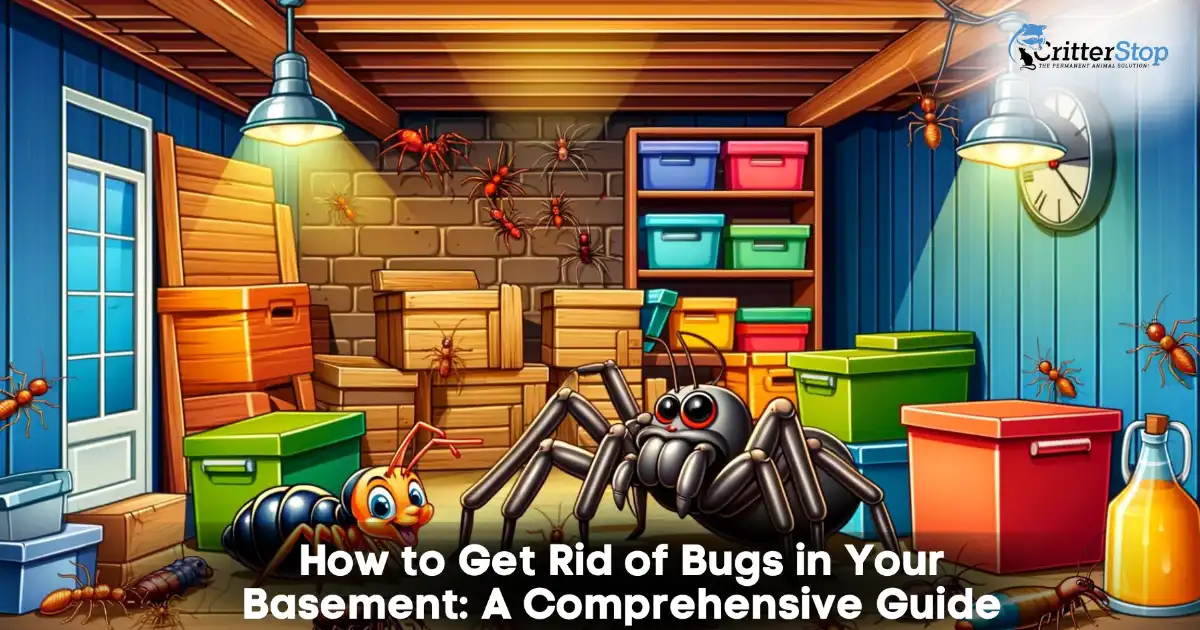
Bugs in the basement are a common nuisance that can lead to discomfort, property damage, and health risks. Whether you're dealing with spiders, ants, silverfish, or any other unwelcome critters, understanding the right approach to eliminating them is essential. This guide will provide you with strategies to identify, eradicate, and prevent bugs in your basement, ensuring a clean and safe environment.
Before you start any extermination process, it's crucial to identify the types of bugs that have taken up residence in your basement. Basement bug identification is important because different pests require different treatment methods. Here are some common basement bugs:
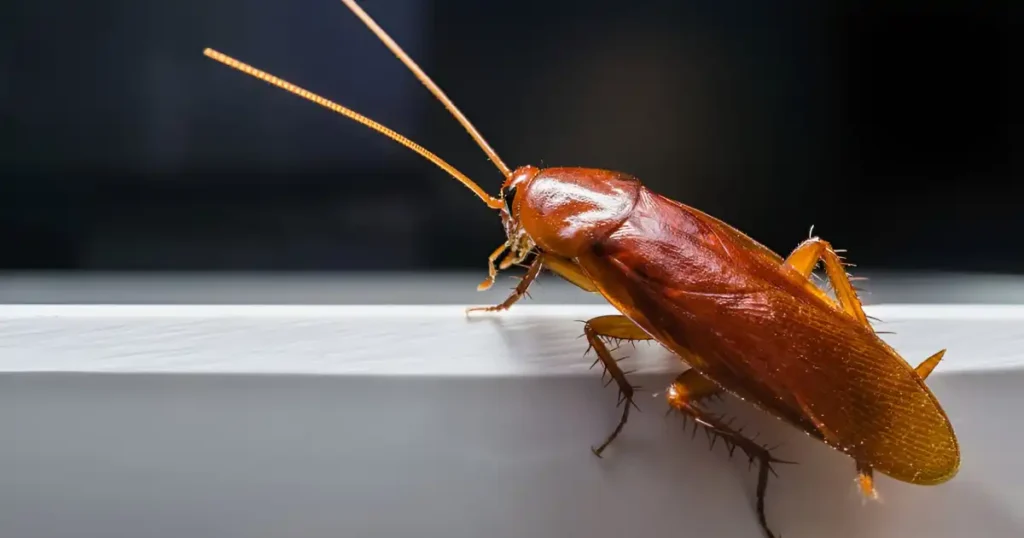
The first step in removing bugs in your basement is to eliminate what attracts them. Follow these steps to create an environment less inviting to pests:
Bugs often enter basements through cracks and gaps in the foundation, windows, and doors. To prevent their entry:
Depending on the type of bug, various treatments can be applied. Here are some pest control methods:
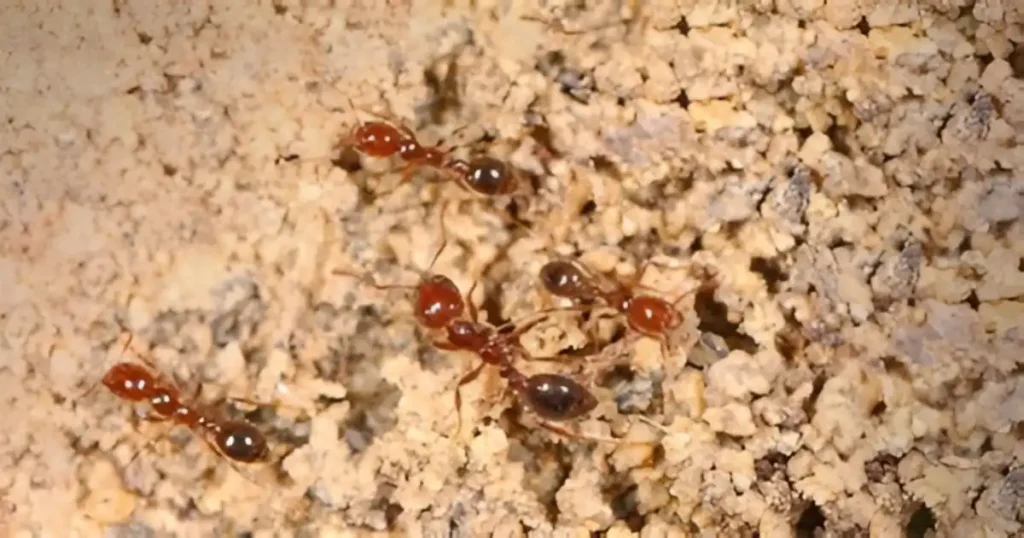
After initial treatments, ongoing maintenance can be key to keeping your basement bug-free:
To control and eliminate bugs in your basement, it's important to understand their lifecycle. Many pests reproduce rapidly, and tackling them at all stages—from eggs to adults—is crucial. For example, cockroaches can lay dozens of eggs at a time, and missing these can lead to a recurring problem. Regularly inspecting and treating your basement will help disrupt the lifecycle of these pests and prevent future infestations.
Integrated Pest Management (IPM) is a holistic approach that combines multiple strategies to manage pests. This approach includes:
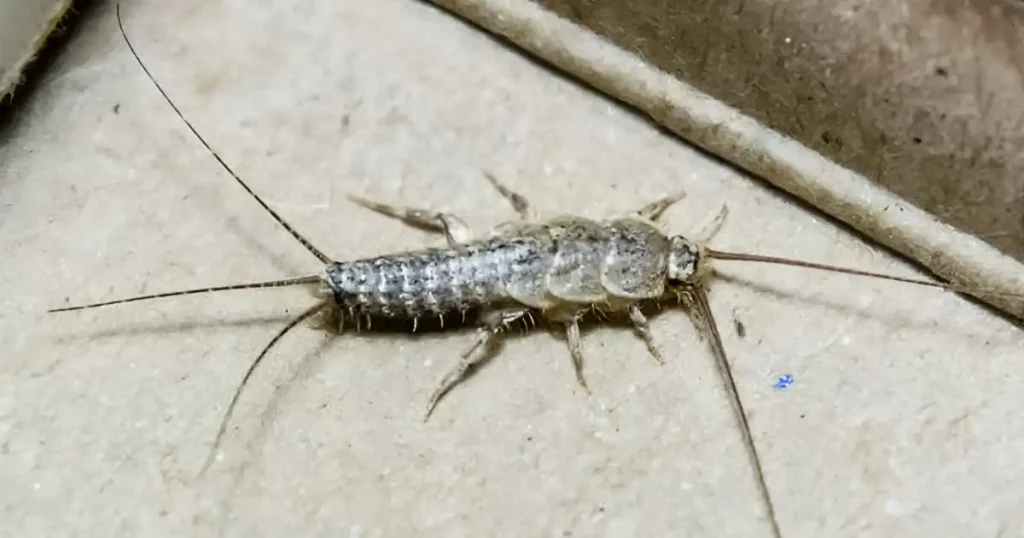
Awareness and education can be key components of maintaining a bug-free basement. Ensure that all family members understand the importance of keeping the area clean, reporting sightings of pests, and following the preventive measures you've established. This collective effort can significantly reduce the likelihood of pest problems.
Your basement is part of your home's larger ecosystem. Pests often migrate from outside to inside, so maintaining your yard and external property can reduce the number of pests that make it to your basement. Ensure that:
Pest control is an evolving field with new methods and products being developed regularly. Stay informed about the latest in pest control to continually enhance your strategies. Local extension services or professional pest control forums can be excellent resources for the latest information.
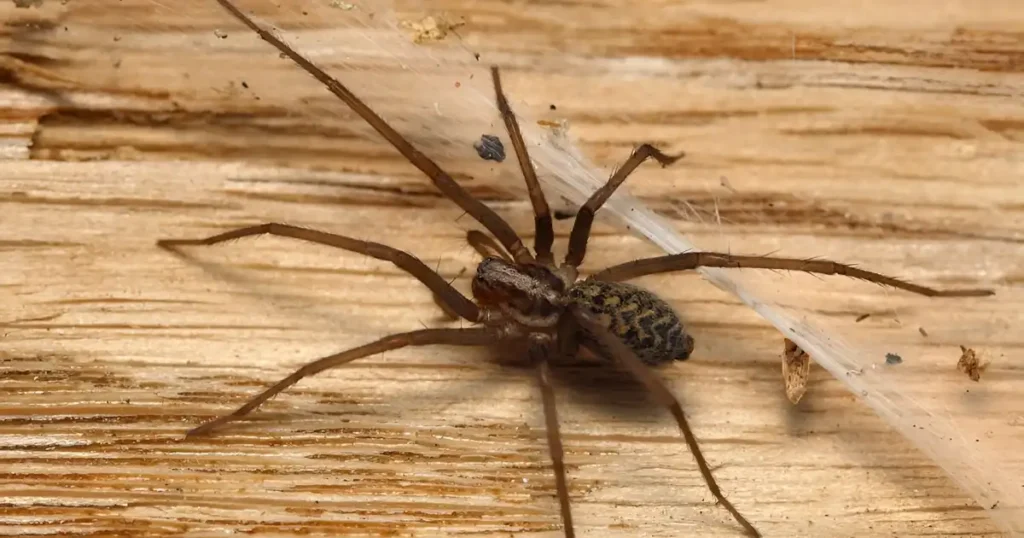
If you’re wondering how to get rid of basement bugs, the answer is that, while DIY methods may work, oftentimes the problem requires professional intervention. If your basement pest problem seems overwhelming, don't hesitate to contact professional pest control companies such as Critter Stop. These professionals possess the knowledge, experience, and equipment necessary to ensure a safe, effective, and humane resolution to your pest issues.
Maintaining a bug-free basement requires a combination of identification, prevention, treatment, and education. By understanding the pests you're dealing with, using control methods, and maintaining a clean and secure environment, you can ensure your basement remains a comfortable and safe part of your home. Remember, the key to successful pest control is consistent effort and adaptability to new challenges.
Critter Stop is your go-to solution for humane wildlife removal and pest control. With an excellent reputation and glowing customer reviews, we provide high-quality work and outstanding service to commercial and residential customers in Texas. If your basement pest problem seems overwhelming, we can certainly help! Our expert team will ensure a safe, effective, and humane resolution to your pest issues. Contact Us at (214) 234-2616 and book your free inspection and estimate today!
Visit our Critter Library and learn more about our furry friends